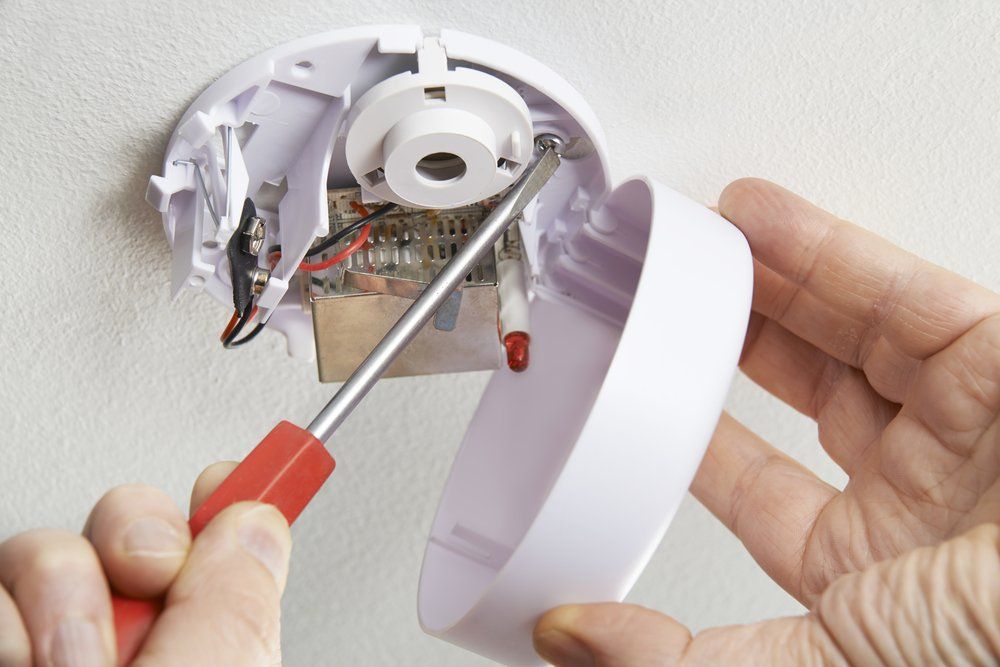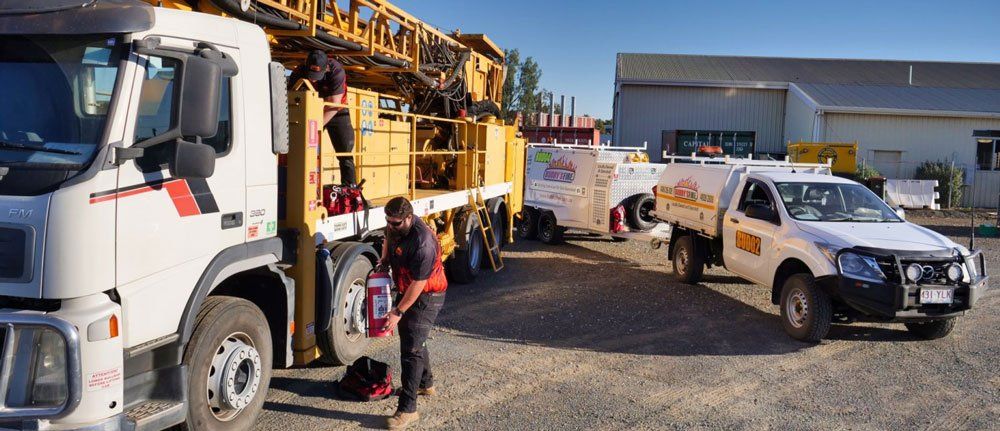New Legislation Around Smoke Alarms
New Legislation Around Smoke Alarms

New smoke alarm legislation is on the horizon – and the laws relating to owner-occupied dwellings is a bit different from leased dwellings.
Owner-occupied dwellings (from Jan 2017)
All existing private homes, townhouses and units will require photoelectric, interconnected smoke alarms. These must be either, a hardwired (e.g. 240v) or non-removable 10-year battery powered type alarm. These will be required: on each storey, in all bedrooms, in the hallways connecting bedrooms to any other part of the home, at least one on a storey if it does not have bedrooms in the most likely exit path.
Leased or sold dwellings (from Jan 2022)
All homes or units being sold or leased, or existing leases being renewed, will require hardwired photoelectric, interconnected smoke alarms. Non-removable 10-year battery smoke alarms can be installed in place.
Smoke alarms in the dwelling must:
- be photoelectric (AS3786-2014); and
- not also contain an ionisation sensor; and
- be hardwired to the mains power supply, if currently hardwired. Otherwise, smoke alarms can be either hardwired or powered by a non-removable 10-year battery or a combination of both.
- be interconnected with every other smoke alarm in the dwelling so all activate together.
The legislation requires smoke alarms to be installed in the following locations: on each storey, in each bedroom, in the hallway that connects bedrooms and other parts of the storey and if there are no bedroom on a storey, at least one smoke alarm must be installed in the most likely path of travel to exit the dwelling.






